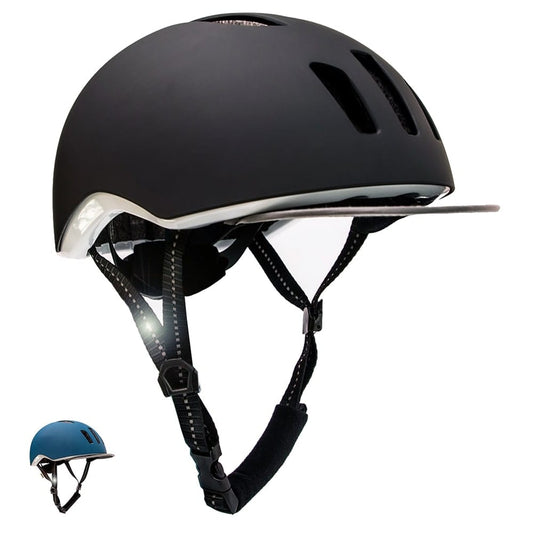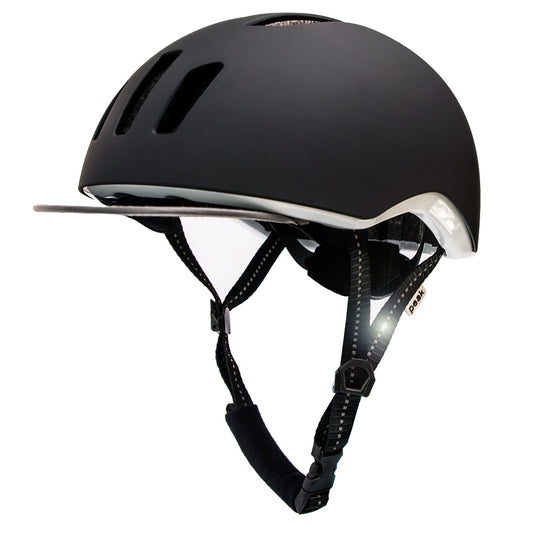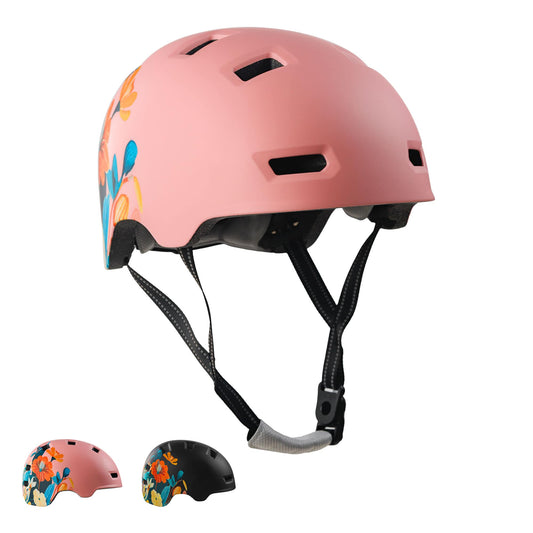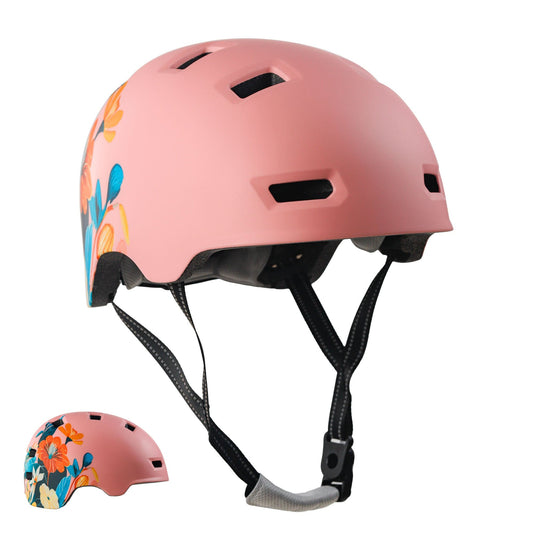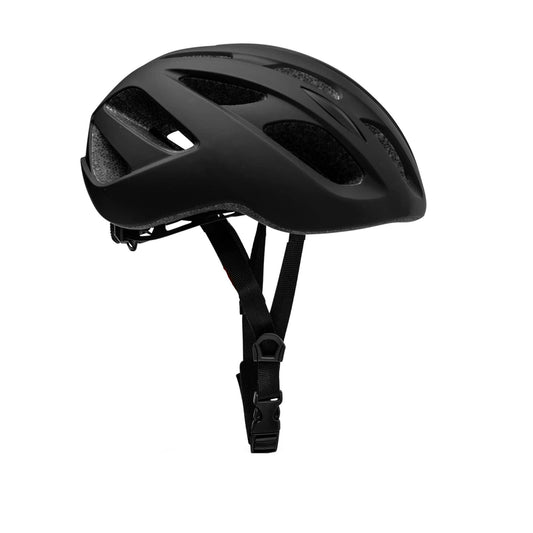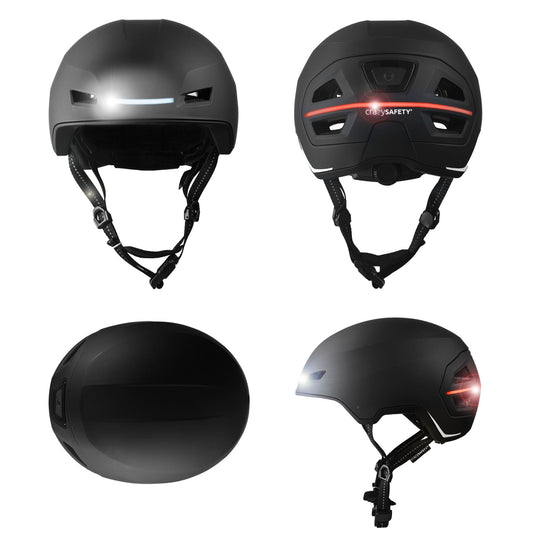Do you need to replace your bike helmet after a crash? The answer is yes. Even if the outer shell looks intact, it's best to replace your helmet as soon as possible. Read this article to find out more about when and why you should replace a bike helmet!
Table of Contents
If you are reading this is probably because you know the importance of wearing a bike helmet! They protect our heads and keep us safe on the road or trails. But what happens when things go wrong and we're involved in a crash or drop our helmet? Can we still use it or do we need to replace it? The answer to this question isn't always straightforward and depends on various factors.
In this blog post, we'll take a closer look at bike helmet safety after a crash or drop, examining questions such as: "Can you still use a bike helmet after a crash?" "When to replace my bike helmet?" and "Should I replace my bike helmet if I drop it?" We'll provide you with the information you need to make an informed decision about your helmet's safety and longevity.
Can you use a bike helmet after a crash?
The easiest and fastest answer is no, you should not use a bike helmet after a crash.
The reason for this is because when a helmet absorbs an impact, the material inside can become damaged or weakened – making it less effective in protecting your head against another blow. Additionally, the straps may have stretched or frayed from the force of the impact. Even if the outer shell looks intact, it's best to replace your helmet as soon as possible.
When do I have to replace my bike helmet?
You should also replace your bike helmet if you see any signs of damage such as cracks, dents or scratches. Even if you haven't been involved in a crash, over time the materials used in your bike helmet can break down and become less effective. In short, replace your bike helmet after a crash and make sure to replace it every five years or so, even if it looks fine. Your head will thank you!
Should I replace my bike helmet if I drop it?
It is not always necessary to replace your helmet if it has been dropped. One of the key factors to consider is the height from which it was dropped and the signs of damage.
- If it was droped from a height lower than 2m and it does not have any visible damage, chances are it can still be used
- If it was droped fro a height higher than 2m or it presents any visible damage, replace it inmediately.
This height is determined because it is the height usually used in the CPSC tests:
"A helmet is placed on an instrumented headform, helmet down, and dropped a measured distance onto a steel anvil. Instruments in the headform feed g data to the data acquisition system on the left. Drop heights for the CPSC standard are 1 meter on the hemispheric and curbstone anvils, and two meters on the flat anvil." -BHSI, CPSC Bicycle Helmets Test Lab
The Bicycle Helmet Safety Institute (BHSI) advises to check for any cracks in the foam of your helmet. These tiny flaws can dramatically reduce the level of protection, so if you discover any it is critical that you replace it as soon as possible.
In order to encourage safe riding practices, we offer a 50% discount on a new helmet to riders who have been in an accident while wearing one of our helmets. By offering this discount, we want to ensure that little (and big!) riders have access to a safe and reliable helmet after a crash! Which can help to prevent further injuries.
Before buying your new helmet, make sure it fits properly and comfortably. See an article on how to choose the right bike helmet for kids here. It can also apply to adult helmets!
To sum it up:
- In a crash? - Discard the helmet and buy a new one
- Check up on the helmet once in a while, and make sure there are no cracks or bumps.
- Never EVER buy a used bicycle helmet from friends, thrift stores, Ebay or similar.
Thanks for reading, if you feel we're missing something or would like our help choosing a bike helmet, let us know in the comments!


